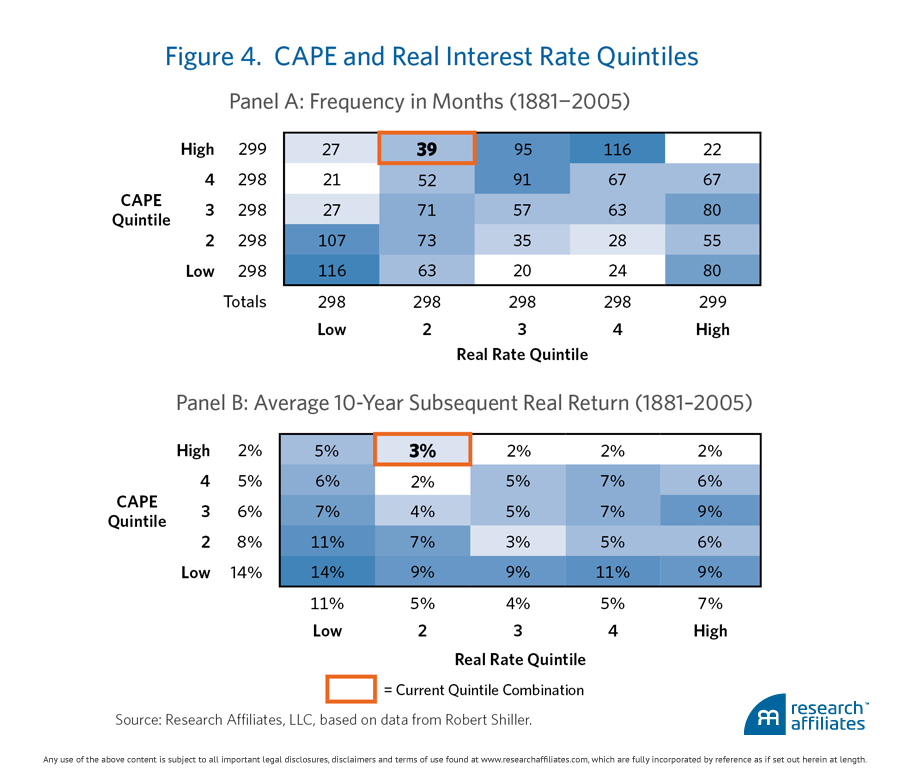Traditional metrics for stock market valuations won’t necessarily help investors assess the true level of equity prices, according to Research Affiliates—but they are pointing in the right direction.
Analysis by the firm’s CIO Chris Brightman, Senior Researcher Noah Beck, and Vice President for Asset Allocation Jim Masturzo showed that very long-term historical averages—typically used to assess a market’s relative valuation—had shown the US equity market to be overvalued for most of the past 20 years.
The authors analysed data from four mainstream metrics—Shiller price to earnings ratio (P/E), market cap to GDP ratio, cost of replacement, and Hussman’s P/E—from 1871 to 2015. Using these relative long-term averages, the US equity market to appear to be undervalued for just a few months at the end of 2008.
“Is it really the case that equity prices were overly optimistic throughout the past two decades, and that the fear and despair in the darkest moments of the crisis corrected the market to ‘normal’ price levels?” the authors wrote. “It seems doubtful.”
However, while such metrics have been criticised in the past, Brightman, Beck, and Masturzo emphasised that “all the relative valuation metrics tell the same story”.
“And for those who shy away from choosing a metric because they all have blemishes,” they added, “don’t forget that ‘in the valley of the blind, the one-eyed man is king,’ even if everyone around him is skeptical.”
To test the metrics, the authors advocated incorporating interest rates into calculations. “When real rates are either low or high, we tend to see low levels of Shiller cyclically-adjusted price-to-earnings [CAPE],” they wrote. “At more moderate levels of real rates, such as between 2% and 5%, higher valuation levels are the norm.”
Analysis of the correlation between interest rates and the CAPE ratio found that, broadly speaking, the lower interest rates are, the lower valuations tend to be.

Brightman, Beck, and Masturzo said the current environment (outlined in orange in the chart) indicated “a higher equity price than might be expected in the current low-rate environment”.
While equity prices would have to drop 37% to reach levels typically seen in the current interest rate environment, Research Affiliates’ data showed that such a set of circumstances historically meant a 3% annual real return over the next 10 years. Research Affiliates’ own forecast for the next decade is lower: just 0.8% a year.
The trio’s blog can be accessed on Research Affiliates’ website.
Related: Soaring Valuations Fail to Alter Allocations & Hedge Funds ‘Can Survive a Fed Rate Shock’
